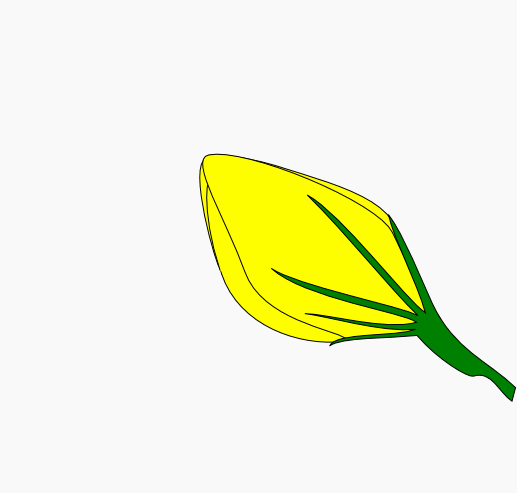“And then my heart with pleasure fills, and dances with the
Daffodils!”
I have always been memorized with the yellow flowers with a
trumpet-shaped central corona with bright smiley faces! Each flower is so
unique and so different.
The garden Daffodil's ancestors came from the states around the
Mediterranean Sea, such as Spain and Portugal and the Middle East, such as
Turkey. The earliest record mentioned about Daffodils was around two or three
hundred years B.C. They were grown extensively by the ancient Greeks and the
Romans. Daffodils nevertheless became a forgotten flower until about 1600 and even in 1860, there were fewer than 350 cultivated hybrids. Around 1629, a group of Englishmen took the Daffodil out of the weeds and put it into the garden. Daffodils were in favor again. During the days of the American experience and the expansion west, Daffodils were well established as a "must have" in the garden and I want all of them! Daffodils were also brought to Britain by the Romans who thought that the sap from Daffodils had healing powers. Actually the sap contains crystals that can irritate the skin.
Dancing with Daffodils
I wandered lonely as a cloud
That floats on high o'er vales
and hills,
-->
When all at once I saw a
crowd,
A host, of golden daffodils;
Beside the lake, beneath the trees,
Fluttering and dancing in the breeze.
Continuous as the stars that shine
And twinkle on the milky way,
They stretched in never-ending line
Along the margin of a bay:
Ten thousand saw I at a glance,
Tossing their heads in sprightly dance.
The waves beside them danced; but they
Out-did the sparkling waves in glee:
A poet could not but be gay,
In such a jocund company:
I gazed--and gazed--but little thought
What wealth the show to me had brought:
For oft, when on my couch I lie
In vacant or in pensive mood,
They flash upon that inward eye
Which is the bliss of solitude;
And then my heart with pleasure fills,
And dances with the daffodils.
A host, of golden daffodils;
Beside the lake, beneath the trees,
Fluttering and dancing in the breeze.
Continuous as the stars that shine
And twinkle on the milky way,
They stretched in never-ending line
Along the margin of a bay:
Ten thousand saw I at a glance,
Tossing their heads in sprightly dance.
The waves beside them danced; but they
Out-did the sparkling waves in glee:
A poet could not but be gay,
In such a jocund company:
I gazed--and gazed--but little thought
What wealth the show to me had brought:
For oft, when on my couch I lie
In vacant or in pensive mood,
They flash upon that inward eye
Which is the bliss of solitude;
And then my heart with pleasure fills,
And dances with the daffodils.
~ William Wordsworth
How to pick the right daffodil for you!



















